I’ve written up a full guide to reading tab but there are few questions I get asked a lot. So here’s a little post clearing up any problems.
What do the numbers in brackets mean?
There are two ways brackets are used. The first is to indicate these are background notes that should be played more quietly. I use them to indicate that notes aren’t part of the melody. You need to play them more softly so the listener doesn’t mix them up with the melody.
Here’s an example from my Claudia’s Theme tab:
To illustrate the difference, here’s the example played first as if the brackets weren’t there and then played taking the brackets into account.
If it’s just a note by itself in brackets like above, it’s a background note. If it has an arched line connecting it to a previous note, then it’s a tied note. Which brings us on to the next question.
What do the arches between notes mean?
Again, this could mean a couple of things. An arch between a note and the same note in brackets or a blank space indicates that the notes are “tied” i.e. you add the length of the notes together.
So in this example from Ziggy Stardust there’s a tie from a quaver (or eighth note) to a semi-quaver (sixteenth note) making the note as long as a dotted quaver.
Sometimes you’ll see ties between all the notes, sometimes (like in this example) it’s just a tie at the top.
If the arch links to a different note then those indicate a transition between notes without repicking them. That means a hammer-on (if the second note is higher) or a pull-off (if the second note is lower). Often the arch will have a “p” above if it’s a pull-off or and “h” if it’s a hammer-on.
This example from The Lumineers’ Ho Hey includes first a tie and then a pull-off. Plus the note being pulled off to has its own tie.
The other type of transition it could indicate is a slide. When there’s a slide you’ll see a diagonal line between the notes as well as an arch. Here’s an example from Fraggle Rock where you slide a whole chord up one fret:
What do the X’s mean?
X’s in tabs indicate dead or muted notes. They’re not notes with a specific fret. They’re just used as percussion.
You can mute strings by resting a finger or two on the string without fretting it. Or, as in this example from the Countdown Theme, rest your picking hand on the string firmly.
Often you’ll see X’s on all the strings. There you can use a chnk or chnk alternative to get the percussive sound.
Here’s an example from the Better Call Saul Theme:
What do the bendy arrows mean?
These arrows indicate bends. Bends don’t work too well with the uke’s nylon strings so I try to avoid them. But sometimes nothing else will do.
At the top of the arrow you’ll see either “1/2” or “full”. This is referring to the number of steps up you need to bend the string. Half a step is the equivalent of one fret and a full step the equivalent of two frets.
So in this example from Cantina Band you bend the string at the third fret until it’s the same pitch as a note played at the fourth fret.
And this example from Crazy (the Willie Nelson/Patsy Cline one) has full bends so the bend on the E-string 10th fret will result in the same note as the A-string 7th fret played directly after it.
You will sometimes see variations in the arrows. They’re usually fairly intuitive. For example, in the tab of The Ventures’ Diamond Head there’s a vertical arrow up followed by an arrow bending down. Here your pre-bend the string before you pluck it. After you pluck it, you slowly release the bend.
Why don’t you include standard notation?
Because I don’t think it’s useful enough to double the length of the tabs. And because so few people read it. Tab has meant that few people feel the need to learn to read standard notation. And now YouTube has meant fewer people learn to read tab and prefer to learn from tedious, interminable videos going through notes one at a time. So it goes.

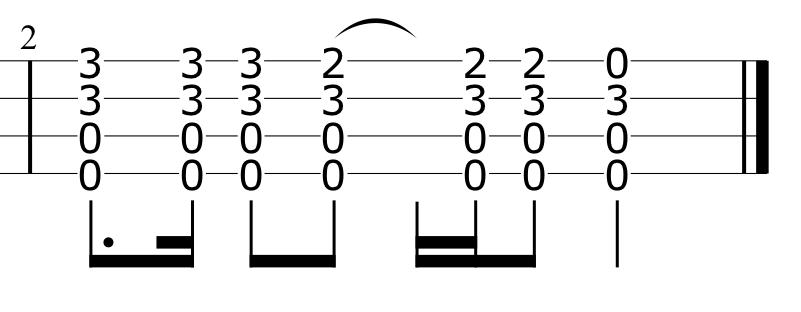
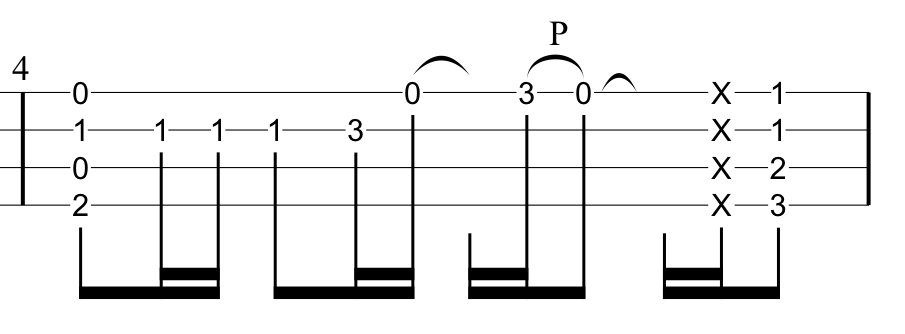
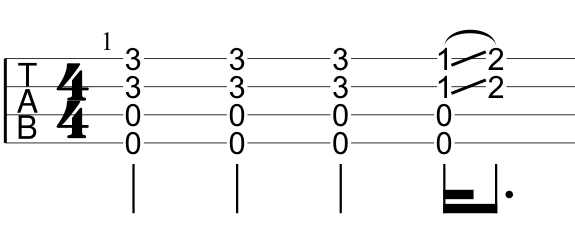


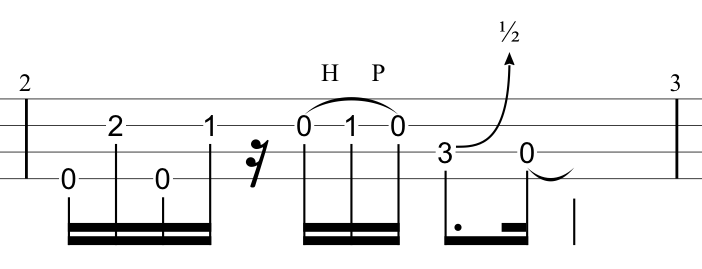
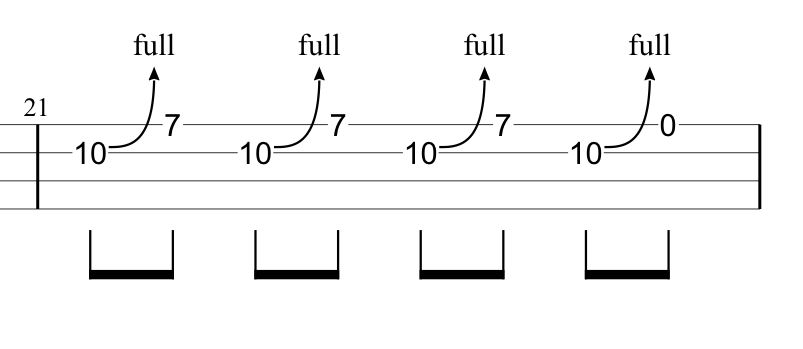




Thanks Al, I always find this stuff helpful. Keep it coming please.